Costa Rican Breakfast- Everything You Need To Know
This post may contain affiliate links.
Many say breakfast is the main meal of the day, and the Spanish language would agree! Desayuno, which literally translates to deseo (wish) y uno (one) means “first wish.” In other words, breaking fast at the beginning of the day!
Costa Rican people would also agree that breakfast is the main meal of the day- and we do it big! You won’t find grab-and-go breakfasts often in Costa Rica, and cereal is almost a 4 letter word. If you are traveling to Costa Rica, note that almost every local hotel offers breakfast as part of the stay. (Our favorite epic breakfast? Adventure Inn near the San Jose airport.)
So what is a typical Costa Rican breakfast? Here’s a roundup of the best traditional Costa Rican breakfast foods- with links to recipes in case you want to try making them yourself! Pura Vida!
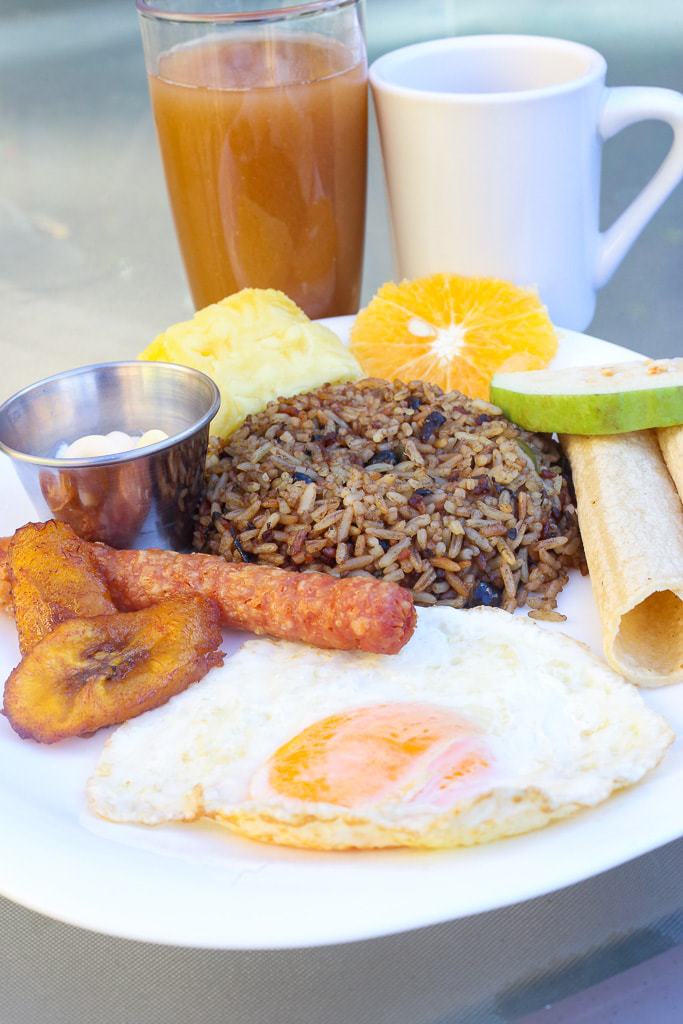
Costa Rican Typical Breakfast Foods
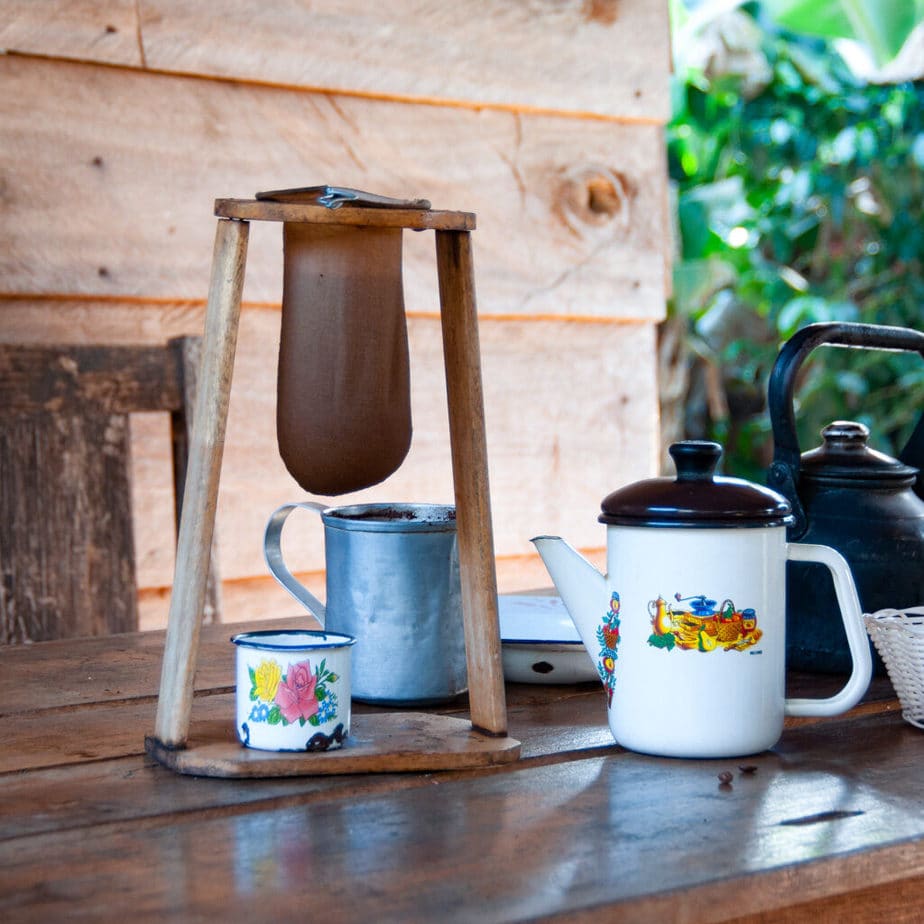
Café Chorreado
Coffee is king in Costa Rica- it’s the main export and drives millions of dollars into the economy every year.
Preparing and consuming coffee is also a tradition-people start the day with coffee. Coffee with sugar. Coffee with milk. Coffee with milk and sugar. Black coffee- doesn’t matter. The day starts with coffee.
And you won’t see many coffee makers in Costa Rican homes as you do in the United States. We drink café chorreado– a pour-over coffee you have to taste to believe.
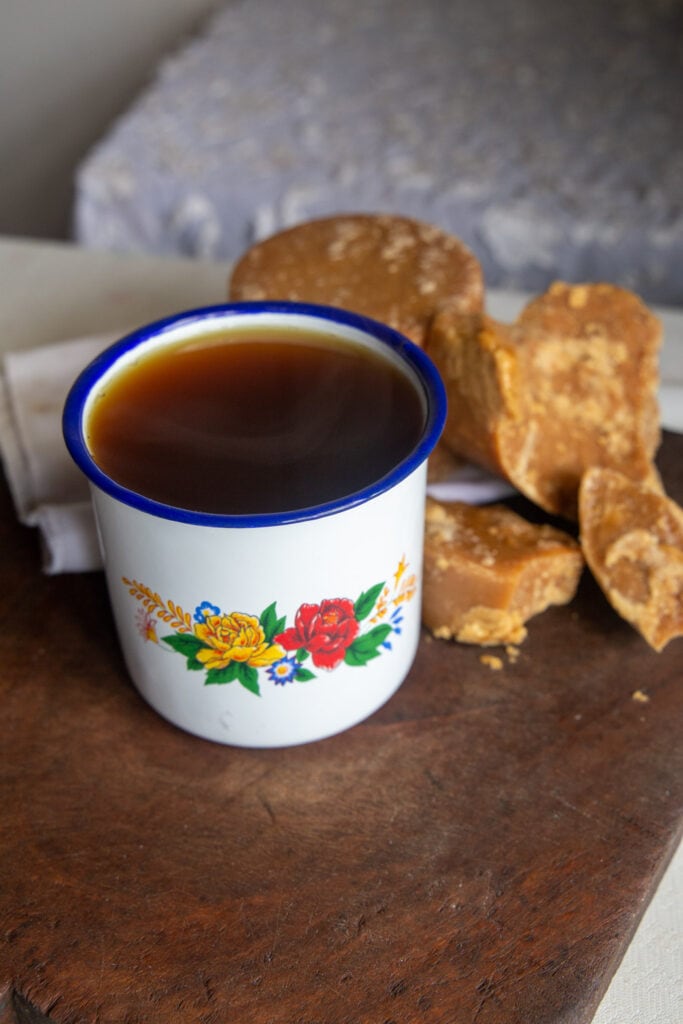
Agua Dulce
Not a coffee drinker? That’s ok, we have a drink that literally translates to “sweet water.” Made from the tapa de dulce, which is a caramelized and hardened product of sugar cane, this drink is perfect for littles who aren’t ready to drink caffeine yet. (It’s almost like brown sugar in water but there’s way more depth of flavor.)
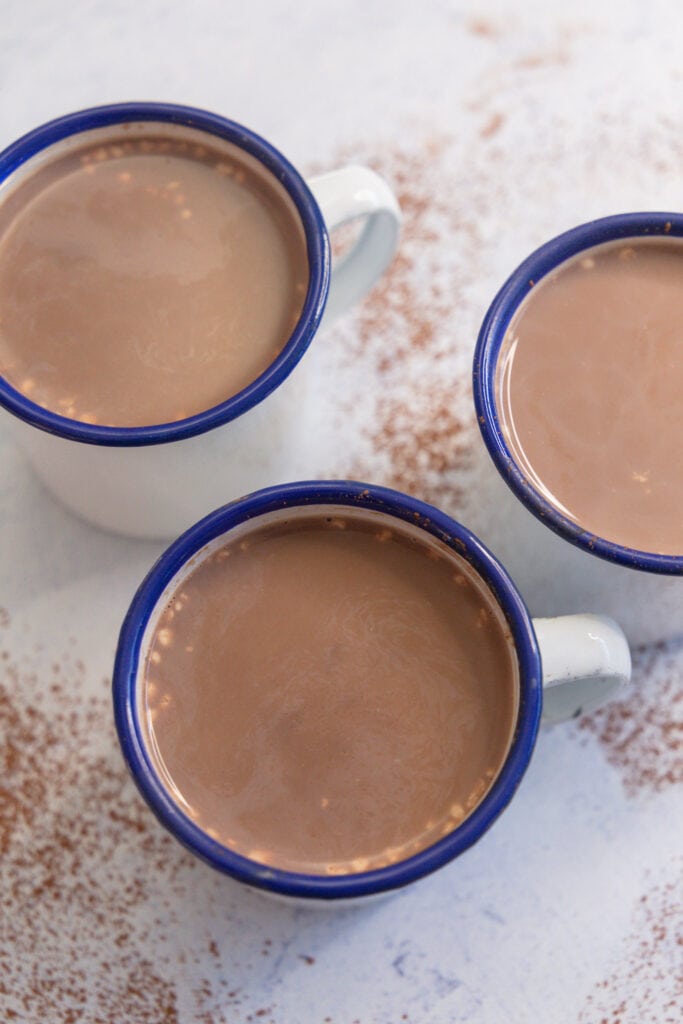
Hot Chocolate
Enough said. Start a cool morning with a hot, sweet drink made from Costa Rican-grown cacao. Nothing better!
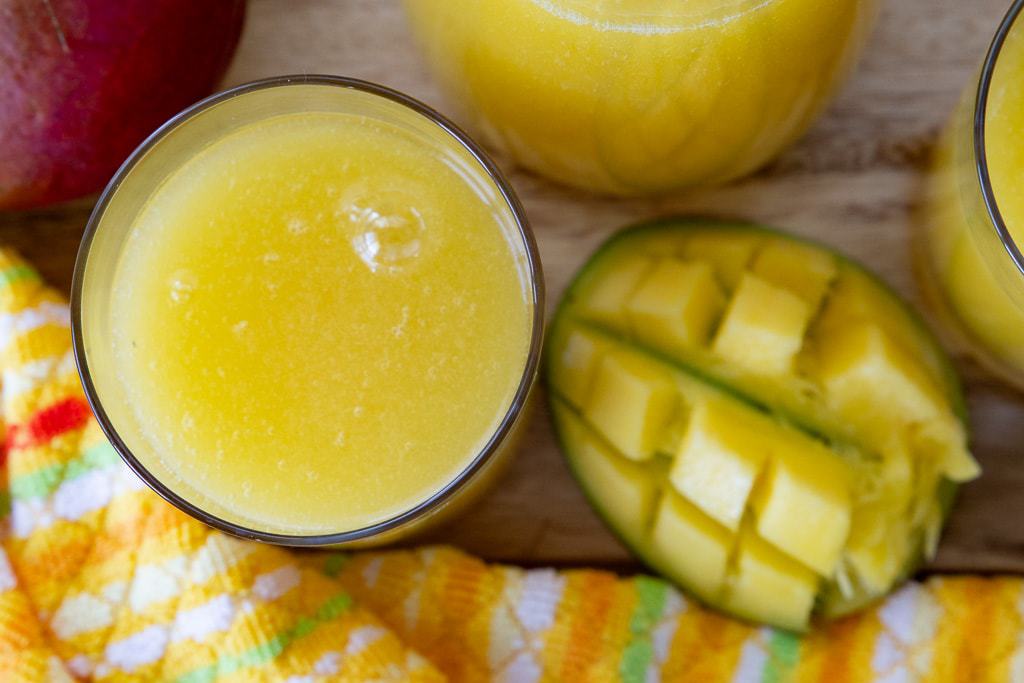
Fresh Fruit Juice
Homemade juices, especially orange, will accompany almost any Costa Rican breakfast. These juices are made directly from various fresh fruits (think pineapple juice, mango juice, orange-carrot juice, and tons of green juices) that are then strained and served cold.
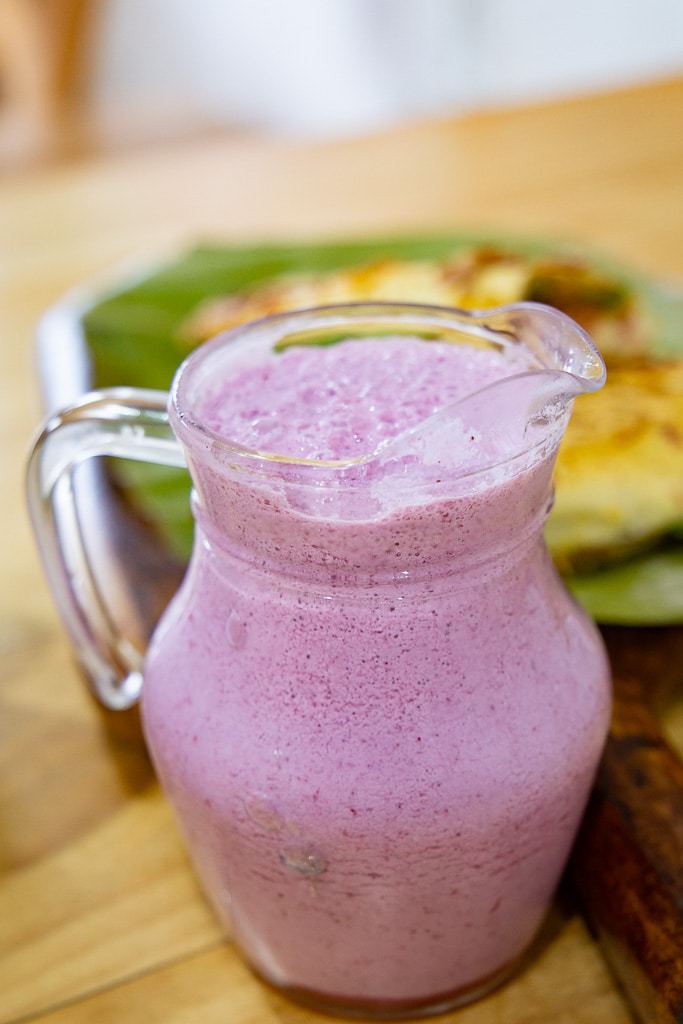
Batidos
A batido is a homemade juice with milk- sort of like a healthy milkshake sans ice cream. These are usually made to order and cost extra with your breakfast. They are sooo good though, and worth the extra money and calories! You can get batidos de mango, pineapple, strawberry, blackberry, and more.
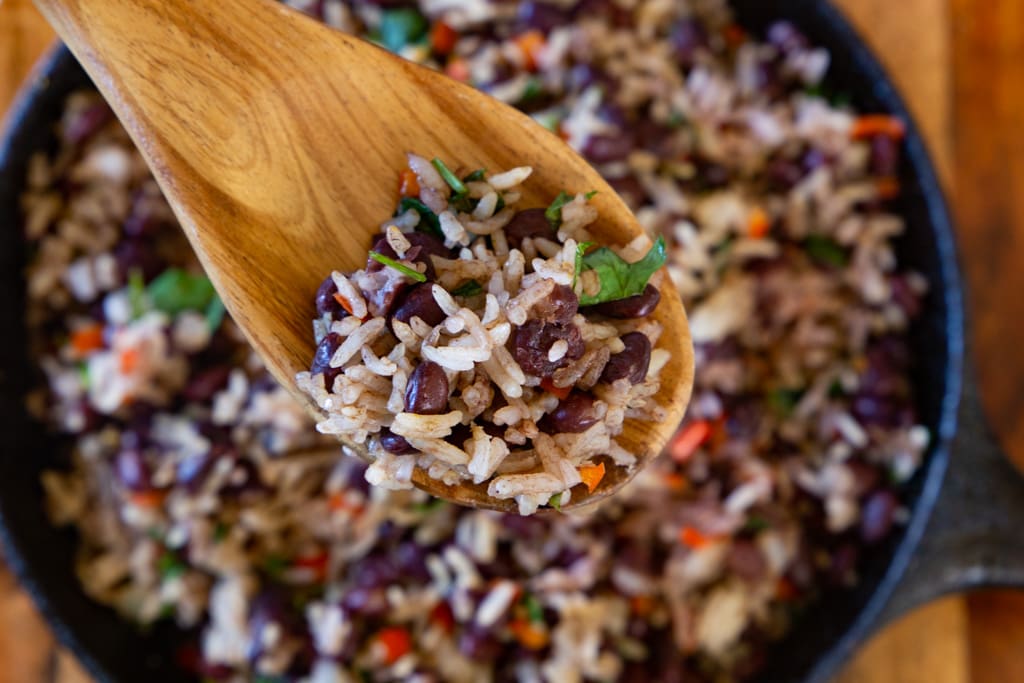
Costa Rican Gallo Pinto
Gallo pinto is synonymous with Costa Rican breakfast- and it’s the national dish of Costa Rica. Rightfully so- it’s delicious, chock full of protein, and super healthy. There’s a reason some of the longest-living people in the world eat it for breakfast every morning! Oh and did I mention it´s gluten-free?
Take day-old Costa Rican rice (white rice) and day-old black beans or red beans. Combine them with freshly chopped vegetables such as yellow onion, red peppers, and cilantro. Stir fry with Salsa Lizano sauce (which you’ve gotta taste to believe!) and you’ve got the perfect breakfast. Find our gallo pinto recipe here– it’s an epic version of the country’s most famous dish.
You’ll generally have a plate of breakfast food with gallo pinto as the star, and then it will be accompanied by your choice of eggs, plantains, sausage or bacon, tortillas or toast, and fresh fruit. It’s a very filling breakfast!
Note- there’s a debate in Central America about who invented gallo pinto- Costa Rica or Nicaragua. Doesn’t matter- it’s delicious in both places and a great way to use up leftover rice.
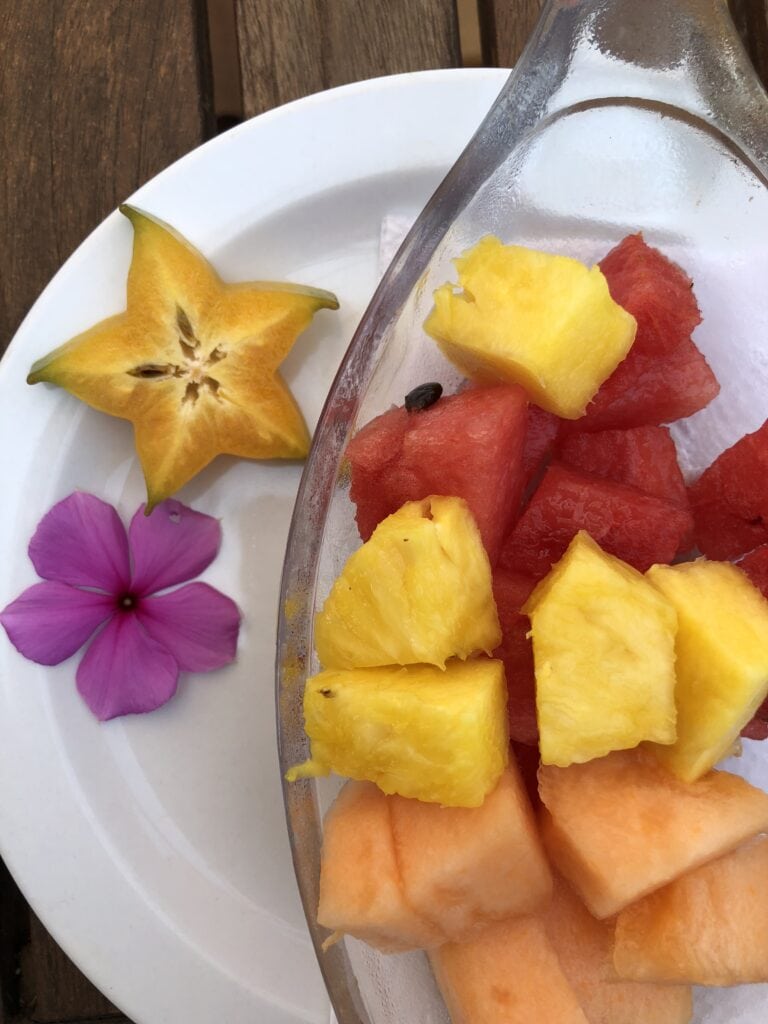
Fresh Fruit
Breakfast usually starts with a plate of fresh fruit. And the seasonal fruit of Costa Rica are perfectly sweet when ripened right on the vine.
Traditional breakfast fruits include mango, papaya, banana, melons, and pineapple.
Salchicha
Costa Ricans eat sausage (called salchicha,) and it’s pretty much like sausage anywhere. I love it- vegetarian travelers (and vegan travelers) can easily opt out of salchicha. Sometimes bacon is served, but it is not as ubiquitous in Costa Rica as it is in other parts of the world.
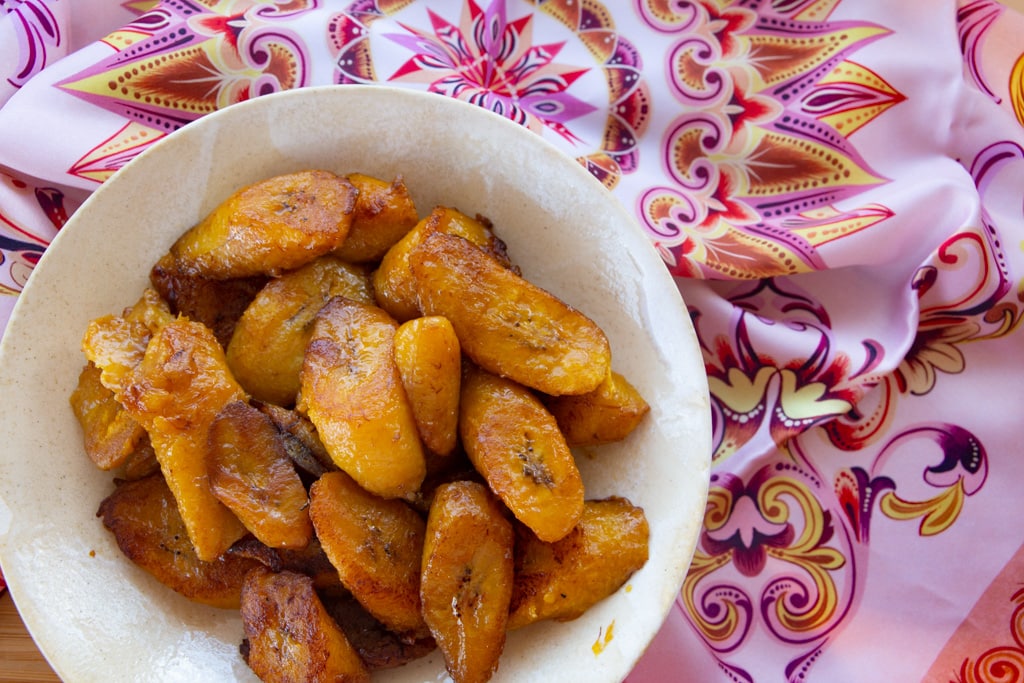
Platanos Maduros
Ripe fried plantains are sliced and then pan-fried until caramelized. Yes, please! These delightful slices of heaven are a staple of Costa Rican breakfast- and also of the Costa Rican casado for lunch.
Huevos
Eggs are a main staple of Costa Rican breakfast as well. You will generally find them fried or scrambled. Huevos al gusto means you can order the eggs just as you like them. Some breakfast buffets will have prepared cheese omelets but for the most part, you can look for a fried egg on a Costa Rican breakfast platter.
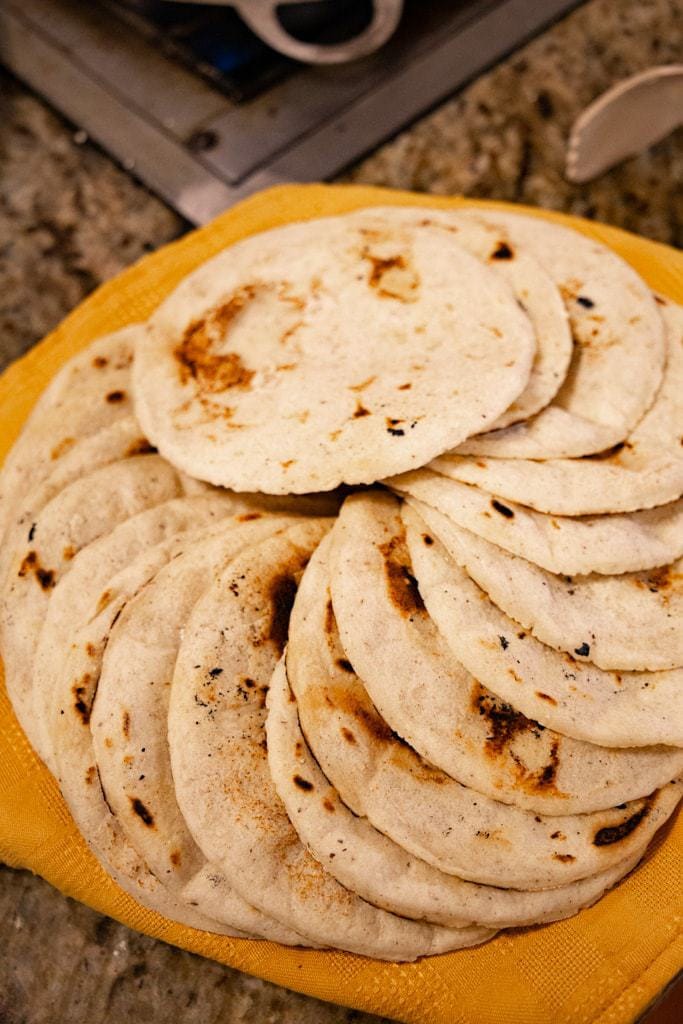
Homemade Corn Tortillas
Fresh, homemade corn tortillas are the perfect accompaniment to the Costa Rican breakfast. You’ll often have them served on a separate plate.
Sometimes though toast is the only option. I’ve had travelers return from Costa Rica to tell me that they kept asking for tortillas and kept getting toast. Some tourist areas don’t realize how much travelers appreciate a freshly made corn tortilla, and so offer only toast. It’s a shame because tortillas are part of a classic Costa Rican breakfast.
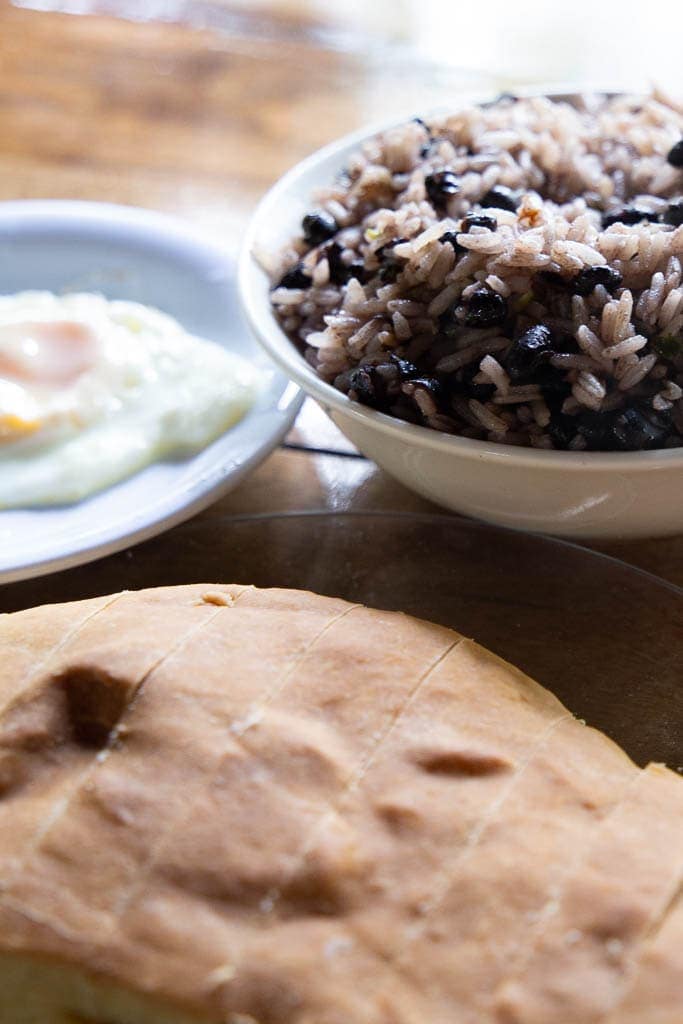
Pan Casero
Homemade bread is often served with butter and jelly- either guava or strawberry. It’s usually served warm, and not as common of an appearance on breakfast plates as tortillas or toast.

Tamales
Homemade pork tamales wrapped in banana leaf are a breakfast staple in Costa Rican homes. In general, the main ingredients are shredded pork, rice, and mixed vegetables. They are served with a healthy portion of Salsa Lizano. You can not usually find the tamales on menus for breakfast, but if you do, make sure to seize the opportunity to try them!
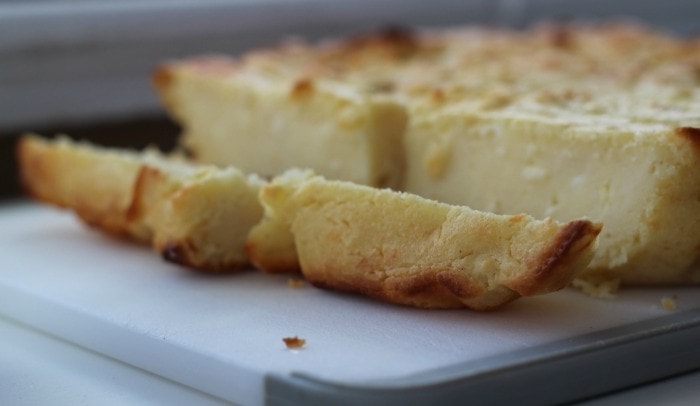
Tamal de Masa
These sweet corn dough tamales are based in a large baking dish and portioned out into smaller pieces. They don’t resemble a tamale as we often think of one in the States- they aren’t wrapped in any kind of leaf, they are just baked.
The sweetness comes from cane sugar, and they are baked with corn masa, shredded white cheese, and buttermilk and baked to perfection. Often found in bread stores, this is more of a Costa Rican in-home breakfast than something you can order in a Costa Rican restaurant.
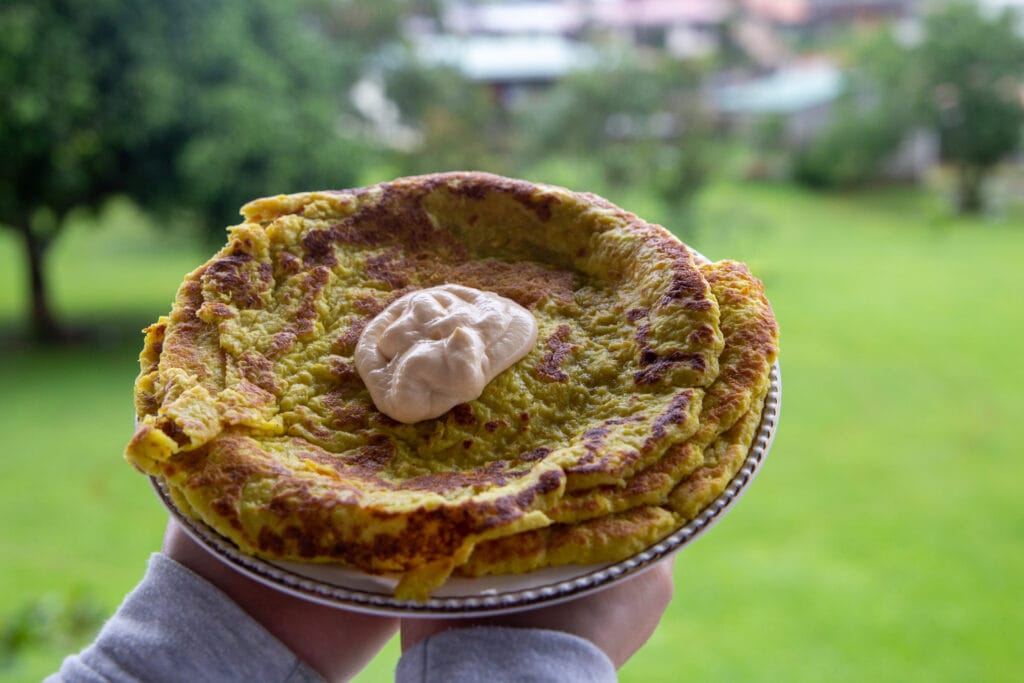
Chorreadas
Chorreadas are ground corn pancakes, kind of like tortillas except bigger and can be made sweet or salty. These can be a great breakfast food in some regions but are not something you will generally find on a breakfast menu. They are more eaten in homes, topped with sour cream.
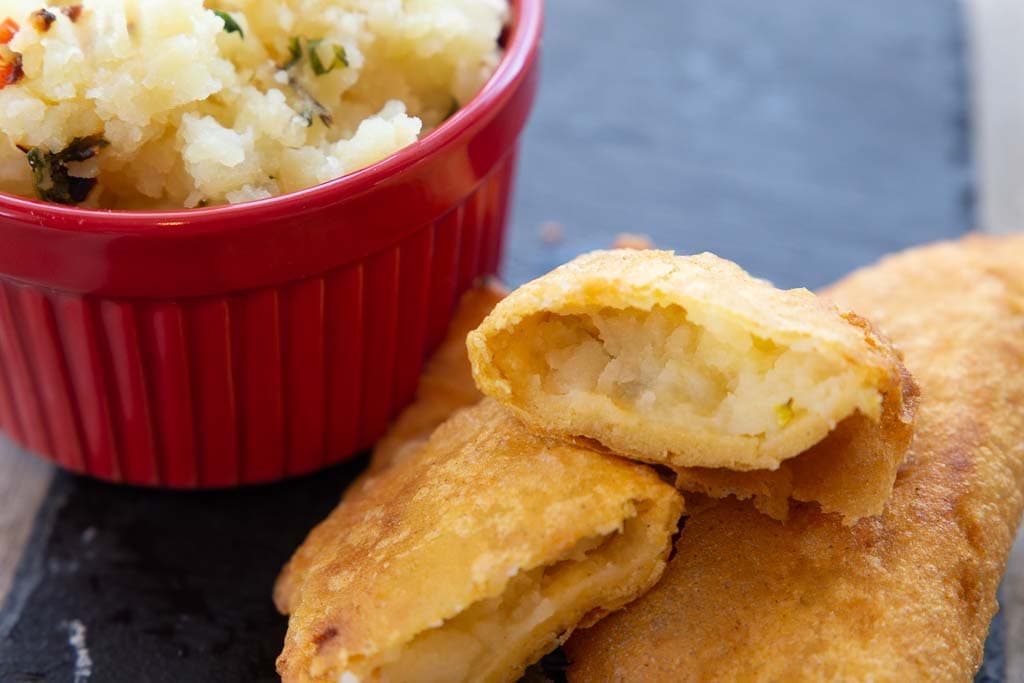
Empanadas
Corn masa envelops delicious savory fillings and is then fried until golden brown. The empanada is a half-moon shape, and can vary in size from small to massive. Empanadas are the closest food we have to a grab-and-go breakfast, and are best-served piping hot with a cup of coffee. Fillings include shredded beef empanadas, black bean empanadas, cheese empanadas and my favorite- potato empanada. Good thing you’ll often find street vendors selling empanadas throughout the day- it’s also quintessential street food.
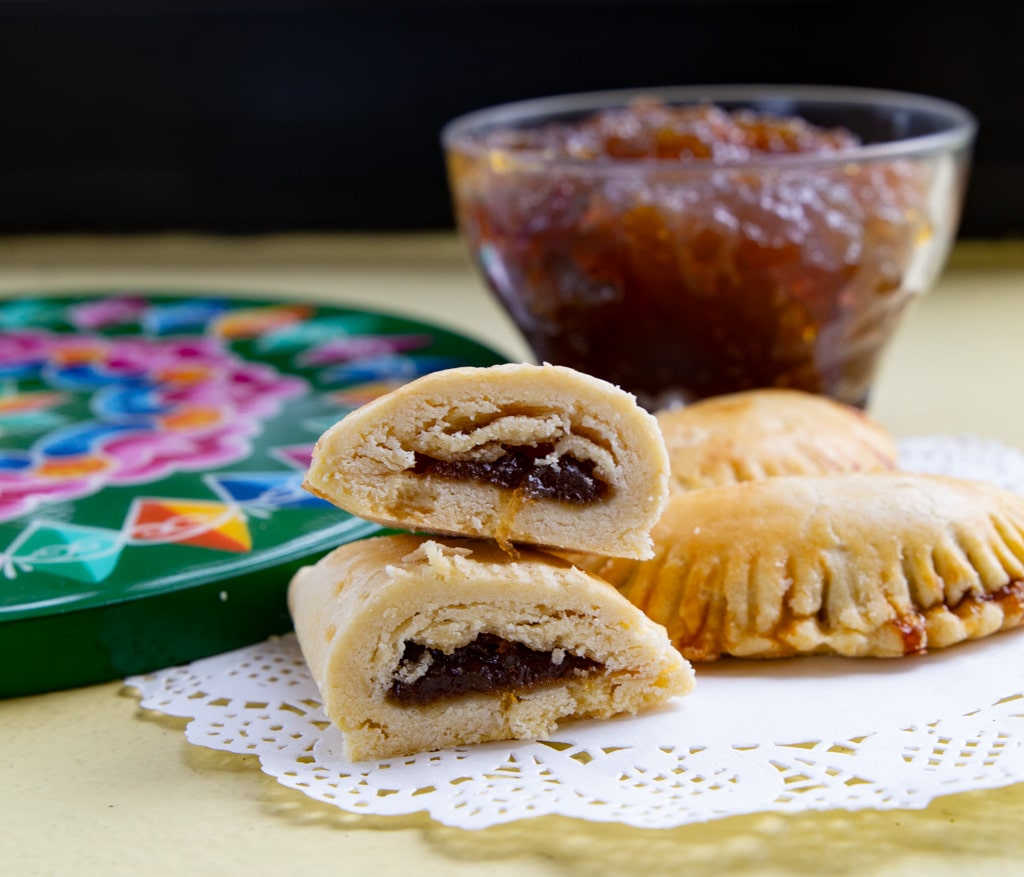
Sweet Empanadas
A flour-based dough mixed with cream and butter makes for a traditional Costa Rican sweet empanada. They are filled with fruit jams such as chiverre, coconut honey, dulce de leche, cajeta and more. These are generally quite small and are the perfect dessert after breakfast!
These are the most common foods in Costa Rica for breakfast, but you can find gallo pinto all day since the combo of rice and beans makes a complete meal. It might be in place of the rice and beans in a traditional casado, served with meat in red sauce, or just eaten alone as part of the Costa Rican afternoon coffee tradition.
If you are looking for more Costa Rican cuisine, make sure to check out our Costa Rican dessert recipes, Costa Rican appetizers, Costa Rican cocktails and Costa Rican drink recipes.
Hopefully, this article has given you some insight into getting around Costa Rica. If you would like to talk to me about a customized itinerary or specific Costa Rica travel advice for your family’s next Costa Rica vacation, (zero sales- just advice!) check out my “Ask Christa” page for more information on custom Costa Rica trip planning geared towards family

Christa Jimenez
Welcome! I’m Christa, a Spanish teacher married to a handsome Costa Rican and mother of two bilingual daughters. We’ve spent over 25 years living in and traveling to Costa Rica with our daughters, and this website is my love letter to all things Costa Rica- and to bilingual parenting too. You can read my full story here. Thanks for stopping by!

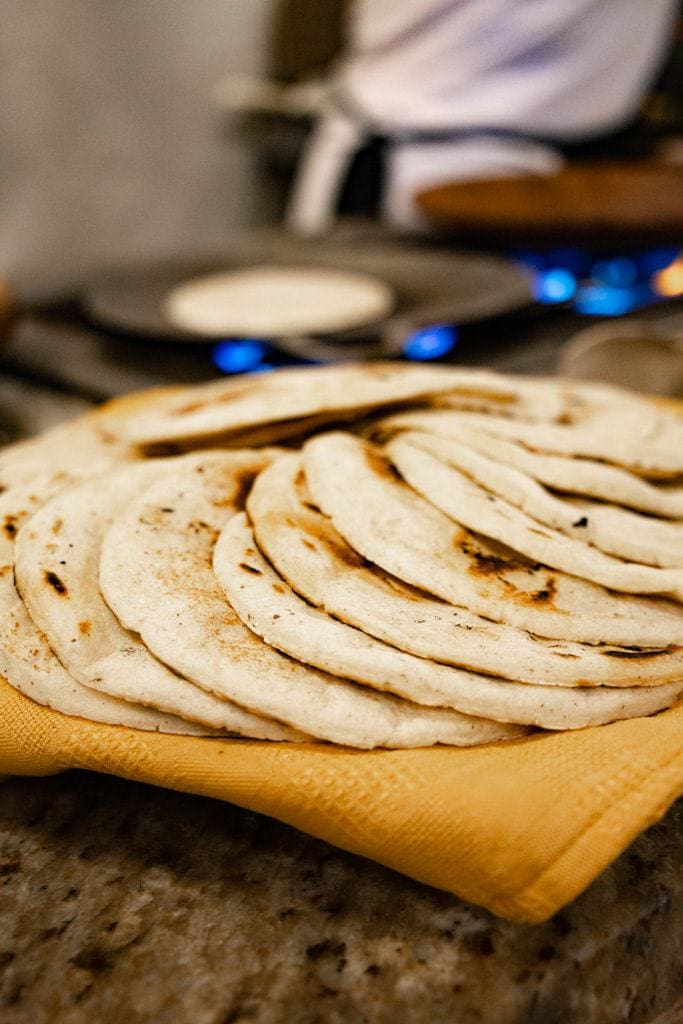
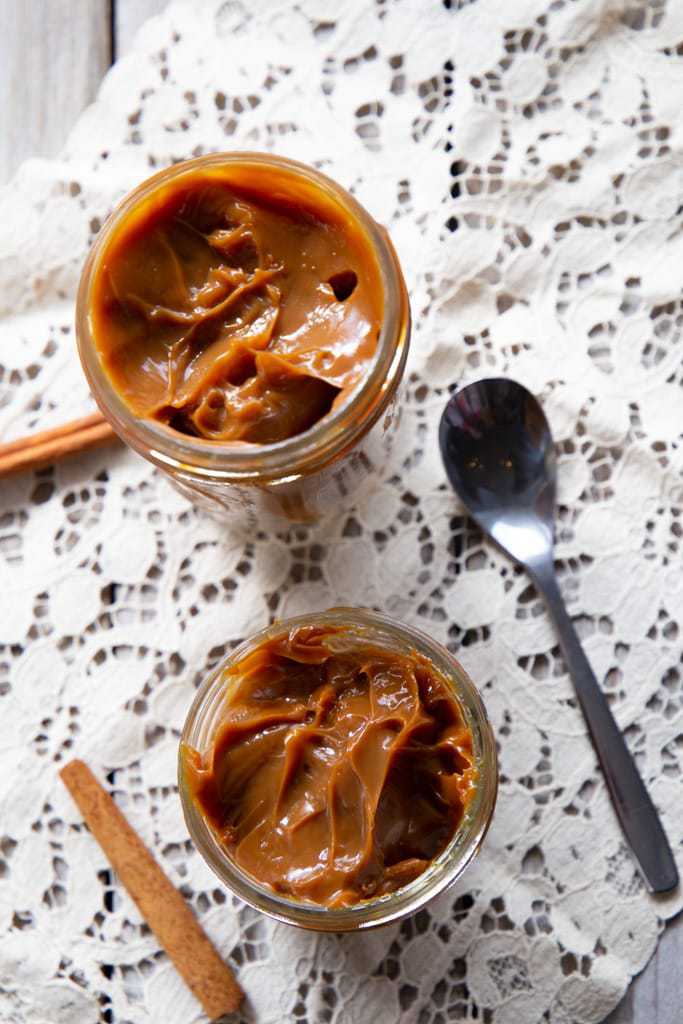
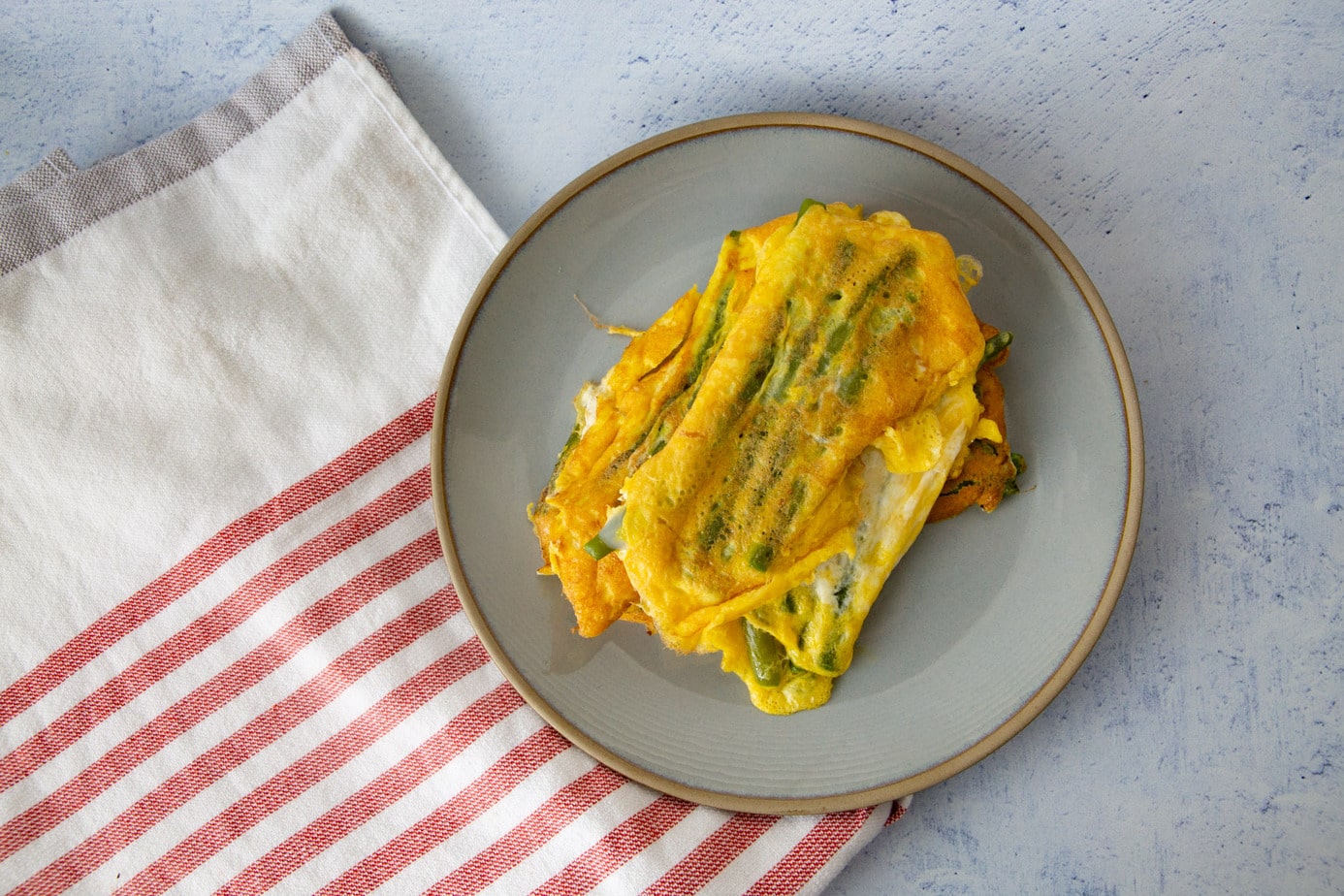
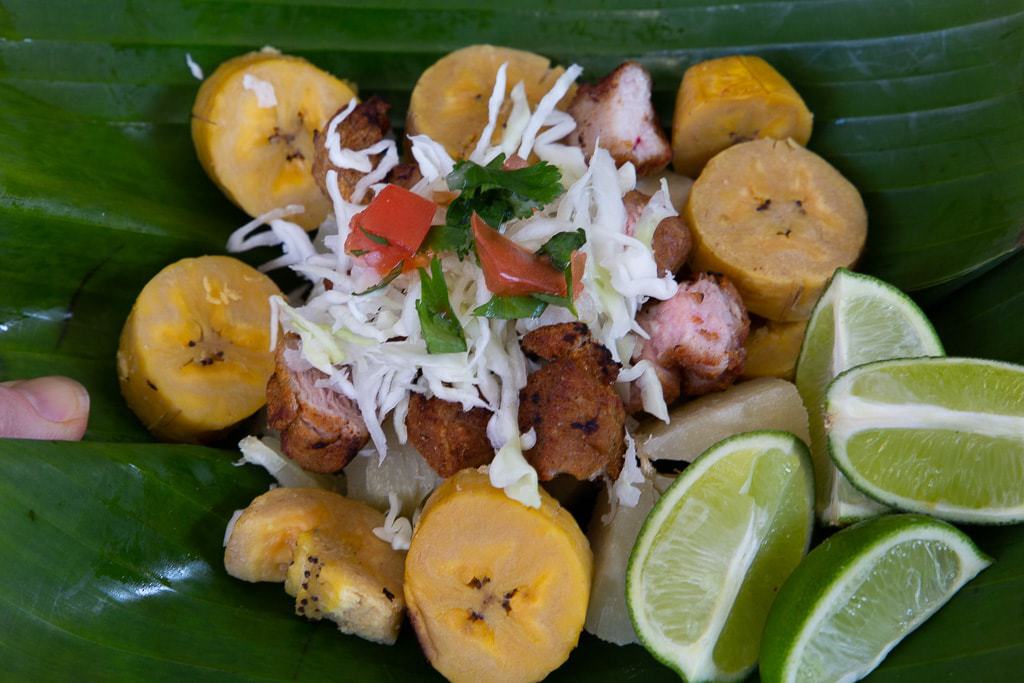
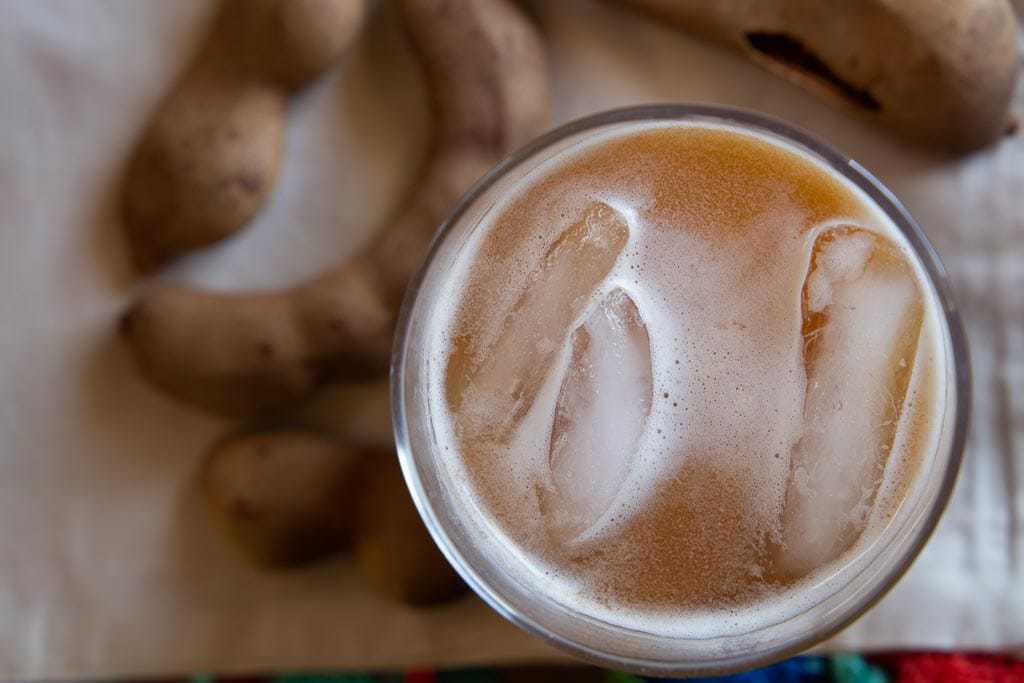
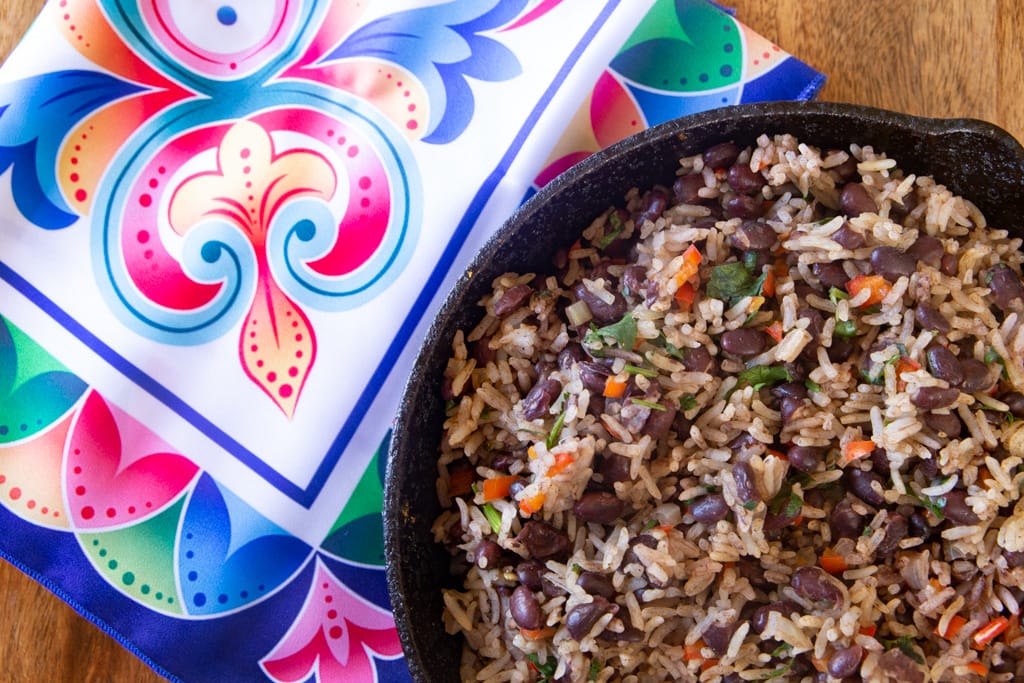

I’d not thought of desayuno as being like the first wish, but that’s a nice thought. I remember talking about it with my students since they thought the word “breakfast” was weird. But I explained that fast also means “not eating,” and pointed out that it was also the same idea in Spanish (breaking the fast of sleep, and no longer being “en ayunas”).
Anyhow, thanks, nice article!
Hey Sitz! I like the en ayunas idea too. Either way- it means you are hungry in the morning! Pura vida! ~Christa
Great info, and it all sounds delightful. But for us carnivores (animal-based food only), all that sugar and grains fried in inflammatory seed oil, is an absolute nightmare. Thank goodness for one real food we can hope for: eggs. Looking forward to exploring Costa Rica, none the less. We’ll just have to fast every day until we find somewhere to eat meat in the evening.
I am sure you can eat meat for every meal of the day! Just ask! And beset of luck. Pura Vida! ~Christa
Christa!
My name is Chriselda (I am Filipina) and my Costa Rican husband’s name is Christopher. We absolutely LOVED your article, you have SOO many exquisite food suggestions! I am going to make many of these for my husband thanks to you! We have been married 19 years and I won him over in 2004 when we met by cooking the Costa Rican Pepper Steak. Back then the internet just barely started so no one had any recipes. Now I’ve found you, wow, you have changed our food lives. Planning on visiting there someday, we live in Seattle. You are wonderful and we appreciate all the time you took to make this article. Blessings and gratitude,
Chriselda and Christopher
Hello! Thank you so much for your lovely comments and kind words. I started this blog out of necessity as I was wanting to cook for my Costa Rican husband and needed to know how to make is favorite recipes. 18 years later- here we are! Pura vida! ~Christa